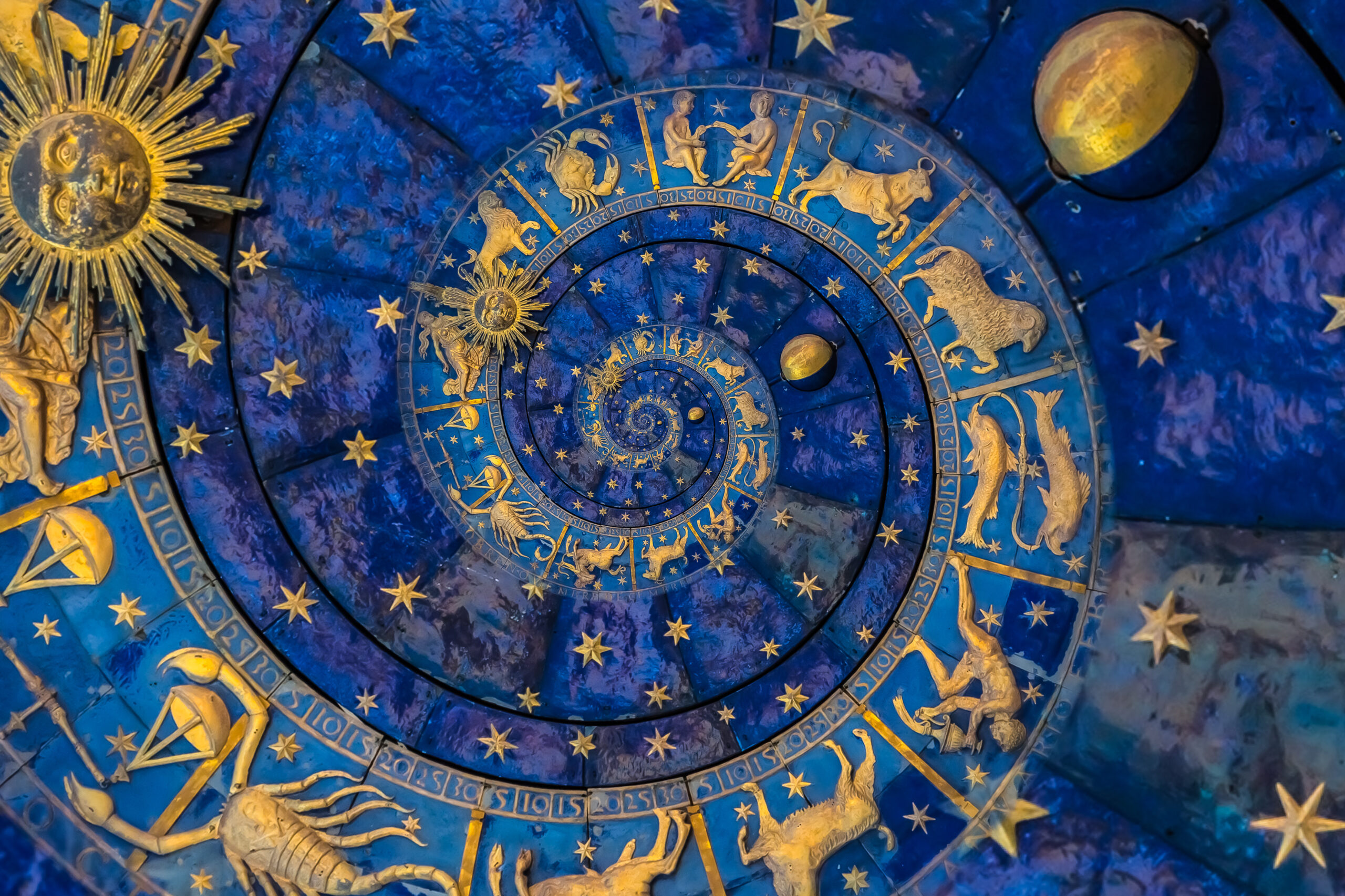Ophiuchus, the sign of the Serpent Bearer, has recently been called the 13th sign of the zodiac. Although Ophiuchus lies on the Ecliptic he is not one of the zodiac signs of either the Tropical Zodiac of Western Astrology or the Sidereal Zodiac of Vedic Astrology. Because Ophiuchus is a constellation and not a zodiac sign, neither Western or Eastern Astrological systems recognize it within the Astrological horoscope.
Due to our instant social media world and divisive astronomical articles, there has been a flurry of excitement regarding the question “What sign am I, anyway?” This is not a new discussion, but certainly one that Astronomers like to periodically instigate.
The entire matter is easily resolved with the knowledge and understanding that Western Astrology is based on the Tropical seasonal zodiac. Not only does the Tropical Astrological zodiac not include all the constellations — it never did! The zodiac has had 12 signs (not constellations) since Astrology’s origin and Babylonian roots some 2500 years ago and it still does!
Additionally, the Eastern Vedic system of Astrology uses the Sidereal zodiac, which is based on the Earth’s alignment to the fixed stars and again, it also does not encompass all the constellations. This is basically all you really need to know about the 13–sign mystery. However, if you stick with me here, I’ll further explain in simple terms, the difference between the Tropical and Sidereal zodiac systems.
The most important thing to know is that both zodiacs (Tropical & Sidereal) incorporate the same 12-zodiac signs (Aries– Pisces) with 30° to each sign. Both systems include the four elements: fire, earth, water, and air; the modalities: cardinal, fixed, and mutable; the planetary rulership; and the inherent qualities of each sign.
The discrepancy that occurs between the Sidereal and Tropical zodiacs is not with the content. Rather it is with the calculation of the starting point of the first degree of Aries. The two zodiacs were in alignment sometime during 285 CE, and thereafter the schism between the two systems has continued to grow. Vedic Astrologers began calculating the precession of the equinoxes, which is based on the Earth’s wobble and its alignment to the fixed stars, and have continued to make the appropriate procession calculation adjustments, whereby the Greek Astrologers have not.
As many of you may or may not know, our Western Tropical Astrological model begins with the Sun’s movement into Aries at the spring equinox on or about March 21. Furthermore, each subsequent season is marked by the Sun’s ingress into the remaining Cardinal signs: Cancer (summer), Libra (fall), and Capricorn (winter). Tropical Astrology is therefore symbolic in nature as it relates to the Sun’s relationship with Earth. It is endowed with Greek mythology, often very psychological in nature, and works beautifully, as many of you have so passionately argue.
Vedic Sidereal Astrology, however, has nothing to do with the seasons, and instead is marked by the Sun’s alignment with the visible fixed stars that make up a constellation. As time passes, the Earth’s alignment to the fixed stars denotes the Earth’s wobble and creates what we know as the precession of the equinoxes and is the visible change of 1°, which occurs approximately every 70 years.
One final and rather technical point I’d like to make is that a zodiacal sign consist of 30° in both (Tropical and Sidereal) systems. The two systems are currently 23–24° apart (depending on the year you were born) and will continue to move an additional degree approximately every 70 years — based on the precession of the equinoxes. Therefore, there is a chance that depending on the day and year you were born, you could be the same Sun sign in both systems.
And lastly, as far as the two systems in question are concerned, I would like to point out that I studied both while attending Kepler Astrological College. Although the two can change the signs that the planets will occupy; the results obtained using either system are remarkably the same. The reason for this is that the Astrological chart has many patterns and configurations that lead to the same outcome. When one takes the whole chart into consideration, the two systems do not contradict one another. Astrology is as multifaceted as our Universe and will reflect the mystery of the heavens regardless of the Astrological system being used, i.e., Tropical, Sidereal, Classical, Horary, Electional, Uranian, etc.
There are benefits to both the Western Tropical and Eastern Sidereal systems as those of you who have spent time with Astrologers practicing either of these two systems can attest to. All this Sun-sign excitement proves how much we desire to connect to the timeless wisdom of our Universe as reflected through the ancient science of Astrology.
Reminder: Even though Ophiuchus lies on the Ecliptic he is not one of the zodiac signs of either the Tropical Zodiac of Western Astrology or the Sidereal Zodiac of Vedic Astrology. Click here to learn more about Ophiuchus.
© 2011–2022 by Linda Kaye
Follow Linda Kaye Astrology
